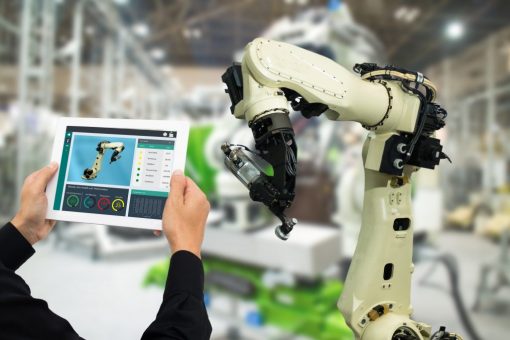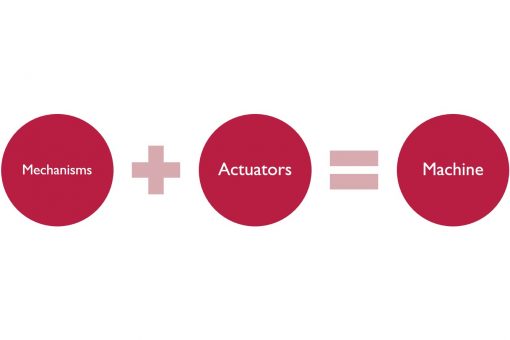1. What is Robotics?
Robotics is an interdisciplinary branch of engineering and science that includes mechanical engineering, electronic engineering, information engineering, computer science, and others. Robotics involves the design, construction, operation, and use of robots, as well as computer systems for their perception, control, sensory feedback, and information processing. The goal of robotics is to design intelligent machines that can help and assist humans in their day-to-day lives and keep everyone safe.
As you can see the Robotics Science deals with Robots, where Robots are programmable machines that are usually able to carry out a series of actions autonomously, or semi-autonomously.
2. Laws of Robotics “Isaac Asimov’s’’:
Asimov proposed the three “Laws of Robotics”, and he later added a ‘zero law’ which are given as under below:

- Law Zero: A robot may not injure humanity, or, through inaction, allow humanity to come to harm.
- Law One: A robot may not injure a human being, or, through inaction, allow a human being to come to harm unless this would violate a higher order law.
- Law Two: A robot must obey orders given by human beings, except where such orders would conflict with a higher-order law.
- Law Three: A robot must protect its own existence as long as such protection does not conflict with a higher-order law.
3. What is the difference between a robot and a machine?
Those who try to bring automation to production face this question and to answer it we have first to understand the functionality of both robots and machines.
A machine is a simple device that might be designed to complete the given command. These help producers in bringing the desired result and outcome. On the other hand, if talking about a robot, they are much more than a simple machine.

A robot is a single combination of many machines, like the human body. Robots are designed in such a way that it contains features that make them special.

In brief, machines are consists of mechanisms and actuators to perform a specific task, while robots are consists of mechanisms, actuators and electrical controller to perform a variety of works.
4. Robotics Engineer: Job Outlook and Required Education –
4.1. Robotics Engineer Job Outlook:
Robotics engineers were expected to see some employment growth in the coming years designing and maintaining robots, as well as studying these automated machines and developing applications for them. According to the U.S. Bureau of Labor Statistics (BLS), the mechanical engineering field, which includes robotics engineers, was projected to experience an average 4 percent employment growth from 2019 to 2029. A factor of this increase is the growing demand for the machines these professionals design as well as the emergence of new technologies.
Architectural and engineering services is one of the primary industries employing these professionals, but they might find employment in other industries, like aerospace, agriculture, and mining engineering. Since these professionals can apply their skills to fields from the military to medicine, they may be able to find employment in related engineering fields or specialize in specific types of robots.
4.2. Robotics Engineer Educational Requirements:
Robotics engineers are required to have at least bachelor’s degrees for entry-level jobs in the field, according to the BLS. They typically hold degrees in mechanical engineering or related engineering specialties, though degrees in physical science and mathematics may also qualify robotics engineers for employment. Laboratory work and design classes are often standard parts of engineering programs. Some schools offer undergraduate degrees in robotics engineering, which teach students how to apply maths and mechanics to create automated machines. For more advanced positions, such as in teaching, research or management, a graduate degree is often essential.



